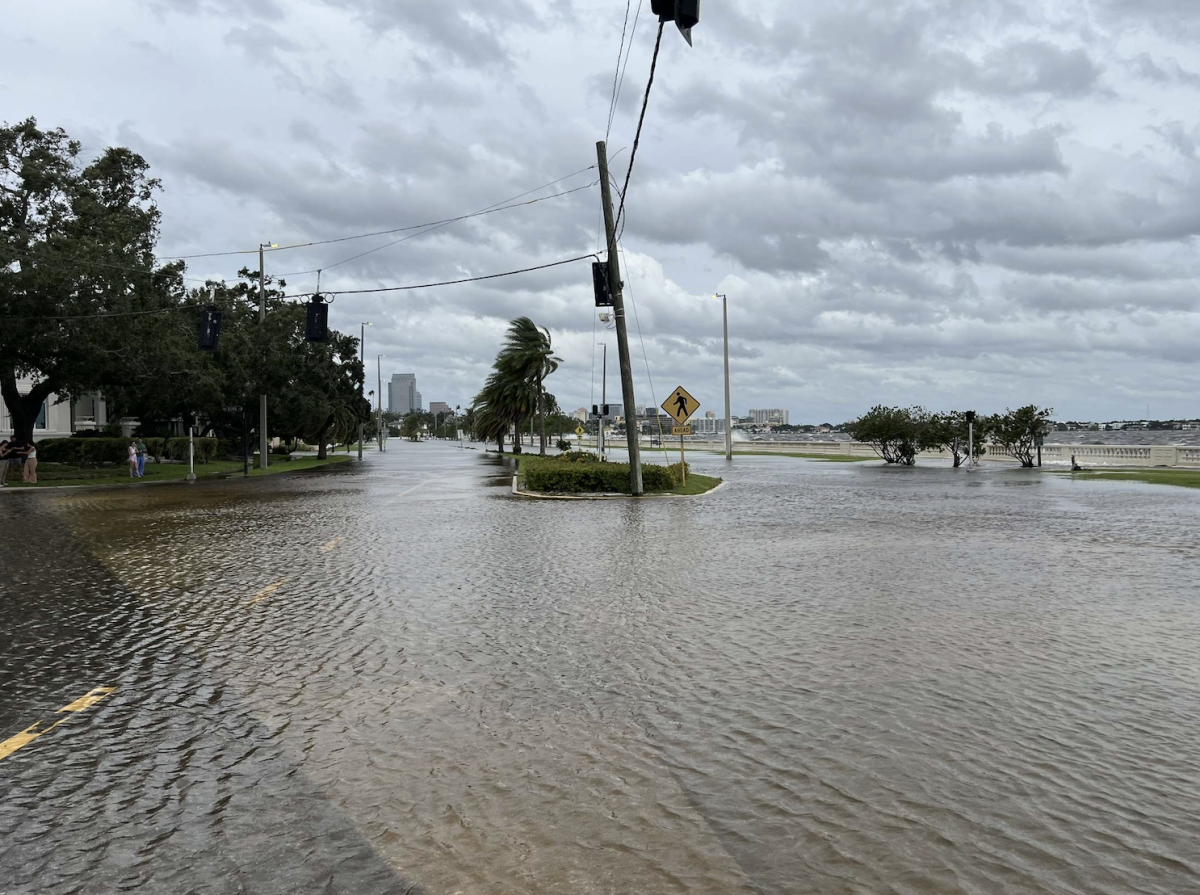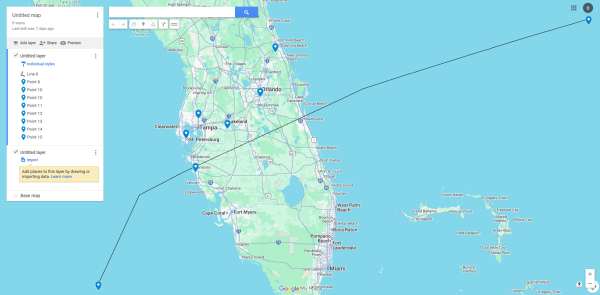Hurricane Helene made landfall on Sept. 26, 2024, as a category four storm. It has now been a year since Helene hit, and its impact is still prominent in the Tampa Bay community. In addition to Helene, Hurricane Milton hit shortly after on Oct. 9, 2024, as a category three storm (ProjectHope.org). These dangerously categorized storms hit just weeks apart, causing widespread damage across Florida and the southeastern United States. Although these hurricanes both hit about a year ago, many people have been able to resume their normal lives, while others are still stuck picking up the pieces from the damage that was caused by Helene and Milton.
When Stella Griggs (12) was asked how she was affected by the hurricanes, she said, “In Sept. of 2024 my house was completely flooded, so we had to move out.” Griggs is one of many Florida residents who were evicted from their house due to Hurricane Helene.
“We had to move out for a few months while we were renovating, and we just moved around,” Griggs said. “We lived in so many different places until March when we got our house back.” With Helene’s landfall, Griggs experienced a traumatic event that not many teenagers are accustomed to. Unfortunately, the truth is that many people in Tampa were given even less mercy than the Griggs family was by Hurricane Helene and Milton.
The damage done in Tampa a year ago was catastrophic: power lines destroyed, entire houses flooded, leading to the community being piled with furniture and necessities that were ruined.
August Voss (10) when asked what he lost in the hurricane, said, “Part of my house was flooded which included my laundry room and our plumbing; after the hurricane I couldn’t even take showers at my own house.”
The Office of Insurance Regulation (OIR) reports there has been $4.775 billion in insurance claims filed by Florida residents who were victims of the storms (FloridaPolitics.com). In addition to this, experts predict that in the state of Florida the hurricanes have caused damage of approximately $34 billion in economic losses. Although this is an extremely large loss to the economic situation of Floridians, this does not account for all the damages of the storm, including sentimental values and memories that were lost in the hurricane.
Despite the losses and suffering incurred due to these hurricanes, the people of Tampa Bay have persevered and worked together to rebuild their lives.
Since Jan. 20, the Trump Administration has prioritized locally led recovery and provided more than $4.4 billion in funding to speed up debris removal and fund critical infrastructure projects across the Southeast. In total, more than 107 million cubic yards of debris have been cleared (FEMA).
Communities like Tampa Bay can be helped with recovery by the promotion of land-use reforms that encourage sustainable, resilient building practices while offering homeowners flexibility. Cities, counties and regional governments can use these recent disasters to look comprehensively at how they approach managing growth, especially housing.
A year after the first hurricane hit, a large margin of progress has been made toward rebuilding the eight states that were affected by these hurricanes. Despite this, the one thing that people can’t fix is the time that was lost and the traumatic experiences that people and their families faced.
When asked how Griggs felt about how she feels now about the hurricane now, she said that, “It definitely changed things my junior year, I couldn’t hang out with friends or really have fun because I was always moving around and trying to help my parents unpack or fix something that was broken because of the hurricane; when I think about the hurricanes I definitely feel some resentment because of the time that I lost.”
Hurricane Milton’s Path Across Florida:


